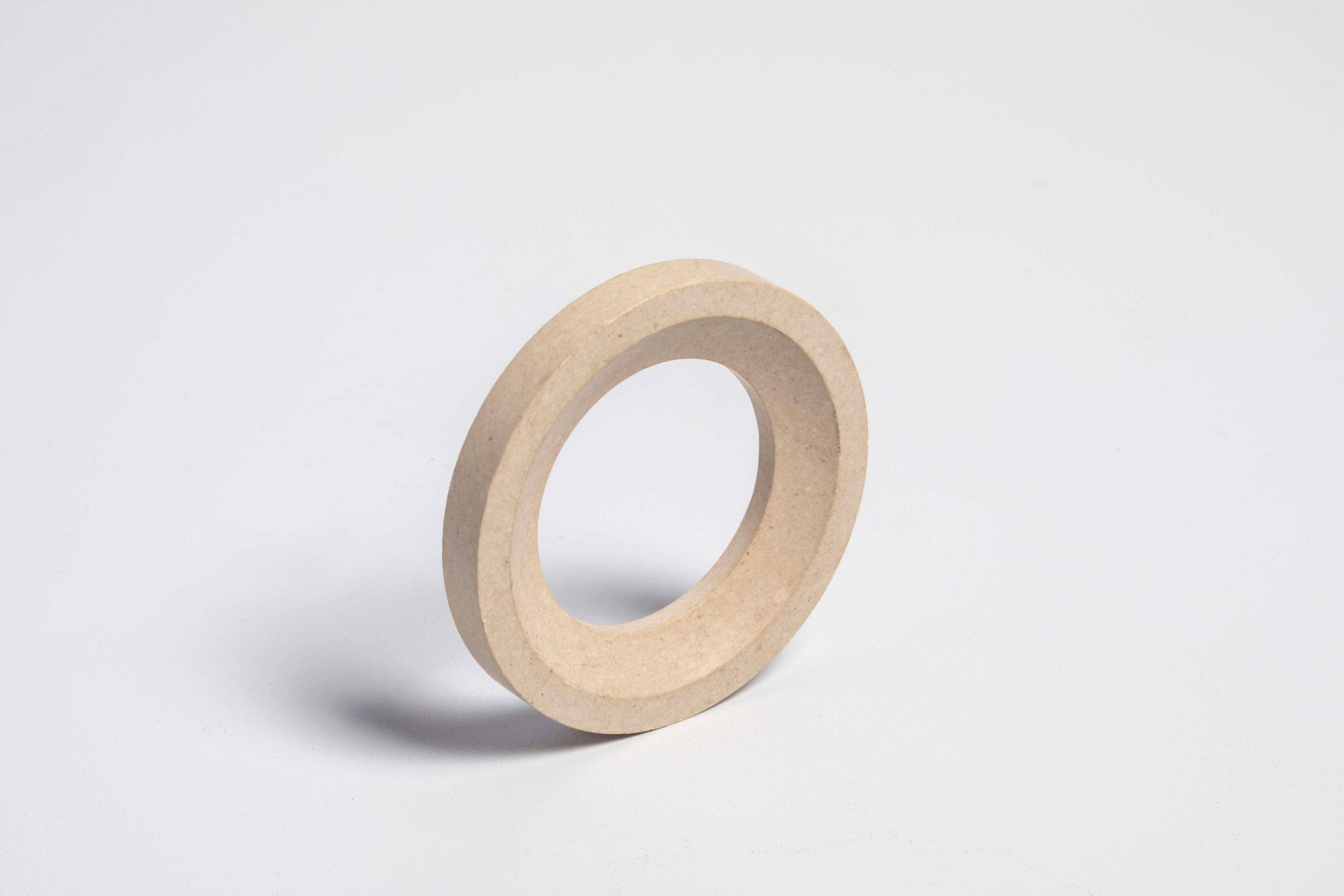The manufacturing of semiconductors and semiconductor-related products requires reliable, high purity seals that can survive harsh operating conditions. The right sealing solution can reduce downtime, increase production efficiency, reduce power requirements, and increase process reliability
Seal Environments in Semiconductor Applications
The operating environments for seals in semiconductor applications are challenging to say the least. They may be exposed to fluorine and oxygen plasmas, as well as chlorinated gases, at extreme temperatures or vacuum conditions. Semiconductor seals are typically exposed to highly aggressive, corrosive fluids, such as acids, bases, amine-based strippers, and solvents. Such operating environments can quickly lead to seals that fail prematurely or experience rapid degradation. In addition, because of the delicate nature of semiconductors with respect to contamination, most applications require ultra-high levels of purity.
Semiconductor Applications for Seals
- Semiconductor processing systems
- Rotary shaft seals for gearboxes and processing pumps
- High speed seals
Key Material Properties for Semiconductor Seals
When it comes to semiconductor seals, there are certain material properties that are often key:
- Reliable mechanical performance
- Extremely low levels of both anionic and cationic impurities
- Low levels of TOC (Total Organic Carbon)
- Good performance in ultra pure deionized water
- Low permeation rates
- Reduced IR (Infrared Absorption)
- Resistance to both dry and wet process chemistry
- Minimal outgassing (which can be a major problem at continuous high temperatures)
- Minimal particle generation
- Ultra-high purity
- Low friction
Types of Semiconductor Seals
While some applications may simply need a more traditional lip seal, other options include labyrinth seals, spring-energized seals, and encapsulated o-rings.
Labyrinth seals are a type of dynamic mechanical clearance seal that, when the right material is chosen, exhibit very low friction and provide a long seal life. They are most often used to isolate an area of low pressure from an area of high pressure and do an excellent job of keeping problematic contaminants out and fluid media inside. Labyrinth seals perform extremely well in the presence of extreme pressures as well as cyclic temperatures and pressures. They are also available in a wide variety of engineering polymers, including those recommended for semiconductor seals.
Spring-energized seals can handle vacuum pressures and extreme temperatures extremely well, maintaining a reliable seal when lip seals or o-rings fail. This is made possible by a spring energizer that causes the lip of the seal to maintain contact with the sealing surface even when there are varying pressures or dimensional changes. These are highly dependable seals and can work well in semiconductor applications when combined with the right spring and lip material.
Encapsulated o-rings work especially well in cryogenic applications and are able to maintain seal integrity in axial sealing applications that are extremely challenging to other seal types. In this type of seal, an elastomeric or spring core is completely contained within a polymeric o-ring, and (once again) with the right material choices can provide outstanding performance even in the presence of highly corrosive or reactive materials. In addition, non-contaminating materials such as PTFE are often used in encapsulated o-rings.
Polymer Materials for Semiconductor Seals
While the type of seal used (i.e., labyrinth, spring energized, etc.) is vital to your design, the choice of material is vital to ensure that the seal does not degrade or prematurely fail. There are several engineering polymers that are well adapted to the unique challenges faced by seals in a semiconductor environment.
PEEK (Polyether Ether Ketone) already has an excellent reputation as a seal material for general applications due to its low friction, wide range of operating temperatures, and excellent chemical resistance. In the context of seals for semiconductors, it also exhibits key features such as low outgassing, good plasma resistance, and excellent performance at high-service temperatures.
PTFE (Polytetrafluoroethylene) is another very popular seal material, sharing several characteristics with PEEK along with even lower friction and superior chemical compatibility. PTFE works extremely well in high temperature, corrosive environments and is a high-purity material. Note that PTFE is already a commonly used material for gaskets in semiconductor applications.
PI (Polyimide) is another excellent option for semiconductor seals. It is another high purity material that exhibits low outgassing and excellent cryogenic performance along with other properties that are needed to ensure excellent seal integrity.
Another potential material for use in sealing applicants for semiconductors is PCTFE (Polychlorotrifluoroethylene), often known by its trade name Kel-F or Neoflon. PCTFE shares many of the characteristics of PTFE while improving on others, including better strength and hardness. Like PTFE, it also offers low friction and excellent chemical compatibility.
PAI (Polyamide-imide), referred to by its trade name Torlon, is another option when looking for the right material in semiconductor sealing applications. It is another polymer that has excellent sealing properties when cryogenic temperatures are involved and high pressures are involved. It is also chemically compatible with a range of corrosive media and has excellent wear resistance combined with self-lubrication and low friction.
Conclusion
Specifying seals for semiconductor applications can be extremely challenging, but the right combination of seal type and material can increase operational efficiency, reduce equipment and process downtime, and lower overall maintenance and operation costs. If you are interested in further exploring sealing solutions for semiconductor applications, our knowledgeable team of seal experts here at Advanced EMC can work with you to find the optimal seal for your design.

